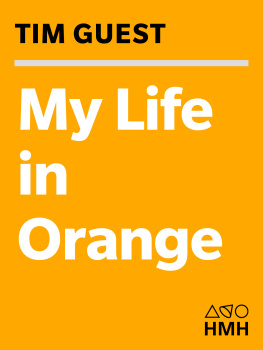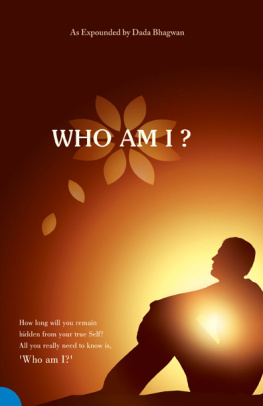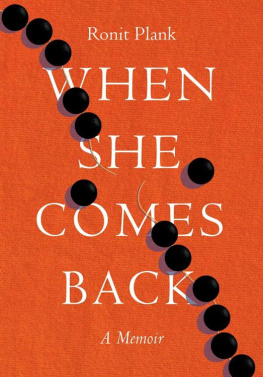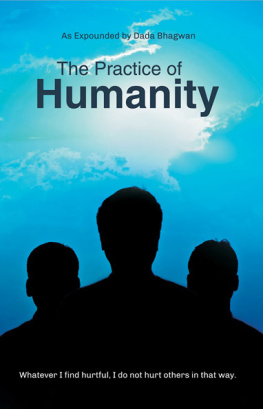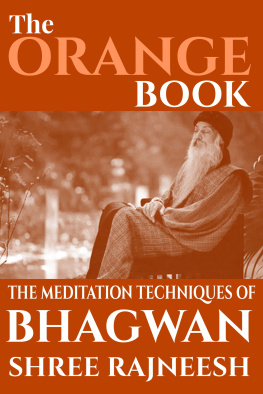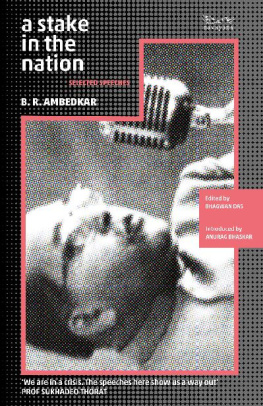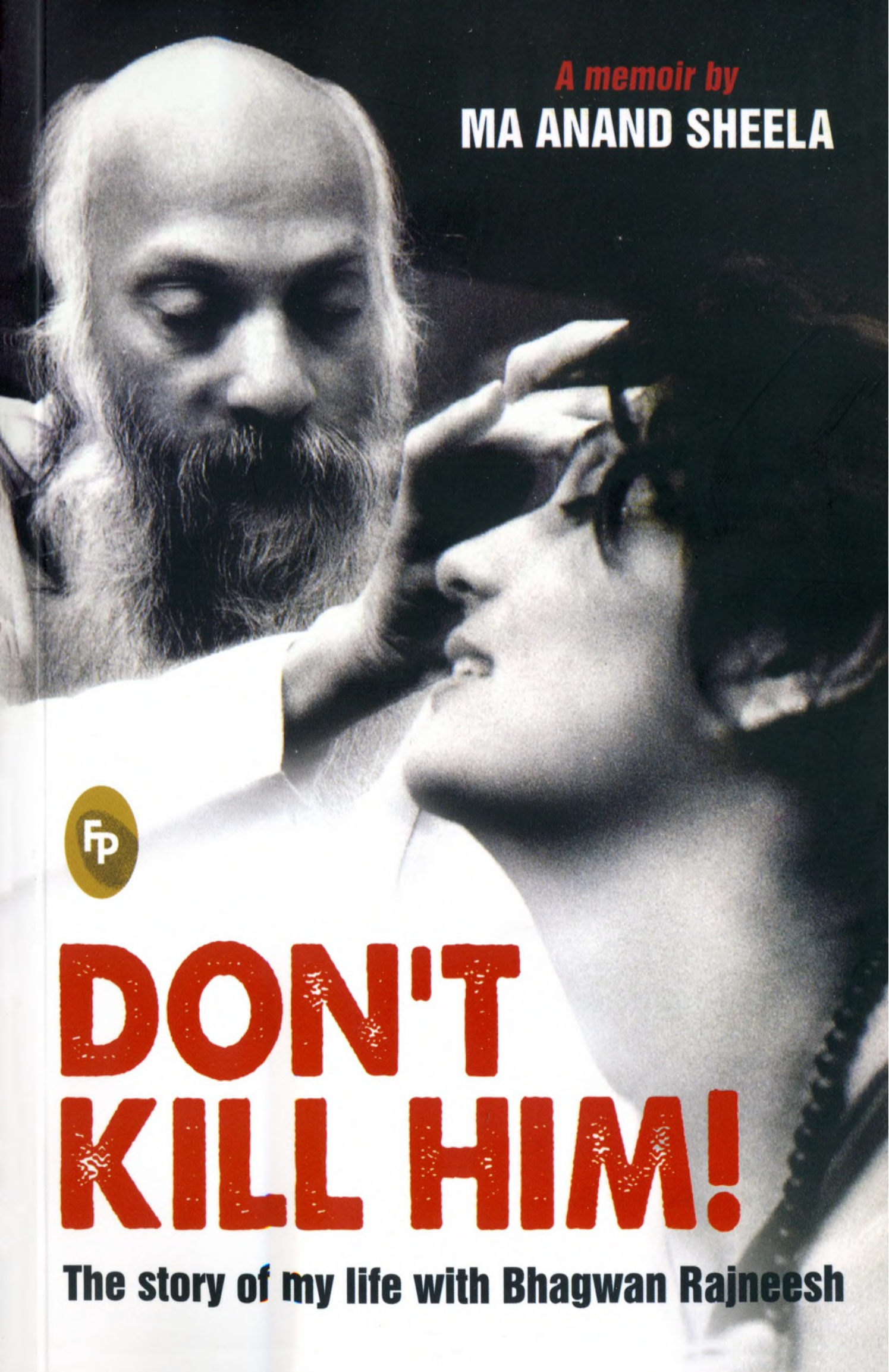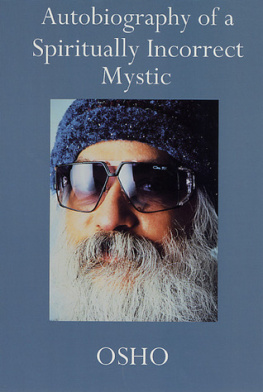Guest - My Life in Orange
Here you can read online Guest - My Life in Orange full text of the book (entire story) in english for free. Download pdf and epub, get meaning, cover and reviews about this ebook. City: Orlanda;FL, year: 2005, publisher: Houghton Mifflin Harcourt, genre: Non-fiction. Description of the work, (preface) as well as reviews are available. Best literature library LitArk.com created for fans of good reading and offers a wide selection of genres:
Romance novel
Science fiction
Adventure
Detective
Science
History
Home and family
Prose
Art
Politics
Computer
Non-fiction
Religion
Business
Children
Humor
Choose a favorite category and find really read worthwhile books. Enjoy immersion in the world of imagination, feel the emotions of the characters or learn something new for yourself, make an fascinating discovery.
- Book:My Life in Orange
- Author:
- Publisher:Houghton Mifflin Harcourt
- Genre:
- Year:2005
- City:Orlanda;FL
- Rating:3 / 5
- Favourites:Add to favourites
- Your mark:
- 60
- 1
- 2
- 3
- 4
- 5
My Life in Orange: summary, description and annotation
We offer to read an annotation, description, summary or preface (depends on what the author of the book "My Life in Orange" wrote himself). If you haven't found the necessary information about the book — write in the comments, we will try to find it.
Guest: author's other books
Who wrote My Life in Orange? Find out the surname, the name of the author of the book and a list of all author's works by series.
My Life in Orange — read online for free the complete book (whole text) full work
Below is the text of the book, divided by pages. System saving the place of the last page read, allows you to conveniently read the book "My Life in Orange" online for free, without having to search again every time where you left off. Put a bookmark, and you can go to the page where you finished reading at any time.
Font size:
Interval:
Bookmark:
Copyright by Tim Guest 2004
All rights reserved. No part of this publication may be reproduced or transmitted in any form or by any means, electronic or mechanical, including photocopy, recording, or any information storage and retrieval system, without permission in writing from the publisher.
For information about permission to reproduce selections from this book, write to or to Permissions, Houghton Mifflin Harcourt Publishing Company, 3 Park Avenue, 19th Floor, New York, New York 10016.
www.hmhco.com
Photograph on page Yorkshire Post Newspapers Ltd
Photographs on pages David Hargreaves Limited
Photograph on page by Tom Treick The Oregonian
First published in the U.K. by Granta Books, 2004
The Library of Congress has cataloged the print edition as follows:
Guest, Tim, 1975
My life in orange/Tim Guest.1st Harvest ed.
p. cm.
A Harvest Original.
1. Guest, Tim, 1975 . 2. RajneesheesBiography. I. Title.
BP605.R344G84 2005
299'.93B22 2004052603
ISBN 0-15-603106-X
e ISBN 978-0-544-15161-1
v1.0216
I have photographs of my mother leading a commune parade down Fleet Street. I have photos of me curled up on a commune beanbag reading a commune library book. I have photos of the commune kids running three-legged races on the front lawn; photos of us in maroon body-warmers, tugging each other around on sledges over the frozen waters of the commune lake.
I have brochures, too, designed and printed on the commune printing presses, that list the therapy and meditation groups on offer at the commune. I even have copies of commune videos, made to promote the new lifestyle we were pioneering on the cutting edge of consciousness and out in the middle of the Suffolk countryside. I have another video, made by the BBC, with early footage from the Ashram in India. People saying beautiful; people doing tai chi; people naked in padded rooms, hitting each other with fists and pillows. I have copies of the newspapers that were hand-printed in the commune design studios, the photos silk-screened, the headlines hand-applied in Letraset letters. In these newspapers there are interviews with the communes leading spiritual pioneers, written by other commune residents in the zany language of the time.
I even have some evidence that there was family life before the commune. Photos of me back in 1978, sulking on the steps of our house in Leeds, clutching a Snoopy doll and two stuffed monkeys, just a month before we dyed all our clothes orange.
This evidence has taken me years to gather together. I can look at these artefacts now, and see myself; but in the late 1980s, a teenager living with my mother in North London after the communes had ended, I had no evidence of our history. In a small fire out in our back garden my mother burned her photos, her orange clothes, her mala necklace, with its 108 sandalwood beads and locket with a picture of Bhagwan. Despite my pleas to let me sell it and keep the money, she even burned the bright gold rim she had paid a commune jeweller to fix around her mala locket, in the later, more style-conscious commune years. A week after the fire, I borrowed a pair of pliers, prised the silver rim off my own mala, and threw the beads away.
I had no other evidence of my commune childhood. I had lost touch with the other commune kids. My mother never talked about the communeor if she did, I refused to reply. We had both stopped using the names Bhagwan had given us. In our cupboards there was no longer a single red or orange item of clothing. Sometimes it seemed the only evidence of the past was in the shape of my body: the tough skin on the soles of my feet, from years of walking barefoot over gravel. The tight tendons in my calf, from a lifetime of standing on tiptoes, looking for my mother in an orange crowd.
Then, in January 1990, when I was fourteen, in the back of the newspaper on my mothers kitchen table I found an article about the commune. I tore it out, folded it, put it in my back pocket. For the next month I carried the clipping everywhere. At school and on buses I would pull it out, read it, fold it, and put it back. I carried that newspaper article until it was too tattered to read; still, I carried it in my back pocket for another two weeks, until finally I left it in the pocket of my jeans and put them in the wash and it was gone.
The article, from The Times, was headlined MINISTER ACTS AFTER INQUEST ON SCHOOLBOY .
A boy was found hanged after a row during a clothes-swapping game with girls at the Ko Hsuan private boarding school, Devon, an inquest was told today.
The school, where some teenage boys and girls share the same bedroom, is organised on communal lines and follows the teachings of the Indian guru Bhagwan Shree Rajneesh.
Nicholas Shultz, aged 13, fell out with a girl he had a crush on because she would not let him wear her clothes. About half an hour later Nicholas was found hanging from a rope swing in the grounds.
I was convinced I knew that swing and the tree it hung from, a great spindly oak in the forest out near the commune boundariesbut I also knew I was mistaken. The commune I remembered had already closed. But this school, Ko Hsuan in Devon, was a continuation of my commune. I knew the teacher, Sharna, who told The Times that thirteen-year-old boys and girls shared bedrooms because the kids were mature and totally trustworthy. I knew some of the Ko Hsuan kids from my own years in those mixed dormitories. I also knew the loneliness of that boy, whose sorrow did not quite fit into the communes decade-long dream of laughter and of celebration. I could feel that same, familiar sorrow, deep in my chest like an old bruise, but I had no idea of the origins of my sadness. When I read the clipping I remembered there was a reason why I was this way: isolated, strange, shabby, and alone.
I carried that clipping around with me because I finally had one single piece of concrete evidence: at last, something outside of me existed to confirm it had all taken place. I treasured the clipping because it was a single piece of ballast: something to hold me to the ground, to make my history real. I carried that article around because I knew the boy hanging from the swing could have been me.
I was always trying to catch my mothers eye.
Even in the few photos I found she is mostly looking up, at the camera or at some point in the higher heavens only she can see. I am never quite in her line of sight. You can see her in photographs from the time, standing square on, her arms folded in a habitual attempt to disrupt restrictive bourgeois conditioning and the sexist division of labour. Her hair is tied back with a peasant shawl, in Marxist solidarity. You cant see her colours, but Ill fill them in: her skin is pale pink; fawn freckles spatter her face; the hair that spirals out from under her shawlhair she used to iron as a child, but she has recently begun to let spiral into a bush about her headis a bright, startling red.
My mother surrendered herself to the world without a second thought. She sacrificed herself to the gods, and in time, because I was carried in her arms, I was laid out on the altar, too.
In the years since the communes, I have learned her history. She was born into a Catholic family. Her mother was the seventh child; only two of the others survived beyond the age of five. Life is hard, Anne, dont you forget it, her mother would say if she caught her daydreaming instead of peeling potatoes. My mother remembers chasing vans down cobbled streets to pick up fallen pieces of coal. Her family were devout; through daily Bible readings they passed the religious fervour on to her. At the age of eight my mother read a Catholic Truth Society pamphlet about the many trials of the journey to sainthood; she decided then and there she wanted to become a saint. Like her favourite St Margaret Mary, who opted to stay alive and suffer the tribulations of the world instead of entering heaven, she was convinced it was her duty to redeem the world at the expense of her own suffering. Even God hinted so, when, at fourteen, she prayed to him for a sign; that day at Mass, when she opened her Bible, a Carmelite verse from St Teresa of Lisieux fluttered to the ground. I desire to reserve nothing for myself, but to freely and most willingly sacrifice myself and all that is mine to thee. My mother took this as an article of faith; she was obliged to suffer. Each evening, after dipping her hands in the holy water stoup by her bed, she rearranged the wooden blocks under her bedsheets to mortify her flesh.
Next pageFont size:
Interval:
Bookmark:
Similar books «My Life in Orange»
Look at similar books to My Life in Orange. We have selected literature similar in name and meaning in the hope of providing readers with more options to find new, interesting, not yet read works.
Discussion, reviews of the book My Life in Orange and just readers' own opinions. Leave your comments, write what you think about the work, its meaning or the main characters. Specify what exactly you liked and what you didn't like, and why you think so.

